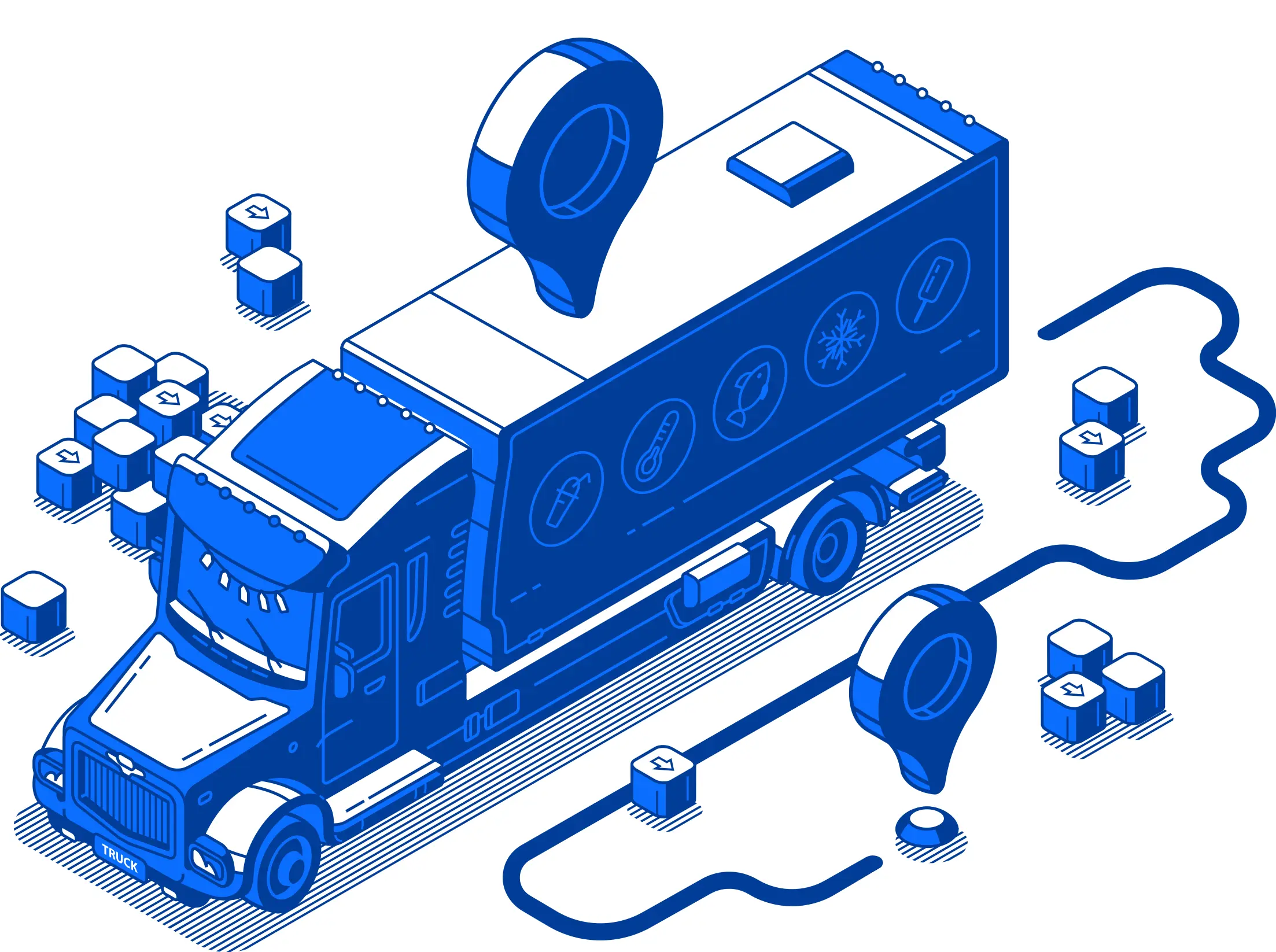In late July of 2024, average interest rates for business credit cards reached 29.07% according to Forbes. Using a card right now is a bad way to cover business emergencies. It’s expensive. A business line of credit offers far lower rates and is a better option when you need to tap into credit to cover expenses in months when the amount of available work diminishes.
If you needed to charge $10,000 on a business credit card at the 29.07% interest rate, it would cost you $241.71 in interest each month until you paid it off. If you couldn’t afford the minimum monthly payment, you’d also add late payment fees and get black marks on your credit rating, which can make you appear too risky to new clients and for future loans and credit cards. When business is slow, a credit card is a costly way to cover expenses.
The Small Business Lending Survey found that the interest rates on business lines of credit ranged from 7.6% for fixed rates to 9.3% for variable rates. Those were the rates from the first quarter of 2024 when it was expected that the Federal Rate would start to decrease. That didn’t happen. Still, 9.3% is a lot lower than a business credit card. It’s a better financial tool for covering the challenging months.
How Does a Business Line of Credit Work?
With a traditional business loan, you have an approved amount of money that you borrow. That money is used to pay for something, whether it’s a building, the purchase and takeover of an existing company, or a new fleet of trucks and trailers. You have that set amount and payments of both the interest and principal start shortly after the loan closing.
With a business line of credit, it works more like a credit card. You have an approved amount that you draw against when you need it. You don’t have to use all of the amount you’re approved for. The more you borrow, the more you pay.
There are four main components.
Credit Limit: The amount you’re approved to spend. You do not have to spend that much.
Draw Period: The amount of time you can draw from the credit limit.
Repayment: You make payments, just as you would a credit card, but for a certain period, the payment may only cover the interest. That will eventually change and include the principal and the interest.
Revolving or Non-Revolving Credit: When you pay down your balance, the money you’ve paid down may be available to use again in a revolving credit loan. If it’s non-revolving, you pay off the money you borrowed and the loan eventually closes when you make the last payment.
There are secured and unsecured lines of credit. A secured line of credit is backed by some form of collateral, whether it’s a truck, your building, or your business equipment. If you miss enough payments, the lender can take possession of that item to pay the amount you owe. Unsecured lines of credit do not provide any collateral. If you default, the bank cannot take possession of anything.
Secured lines of credit and non-revolving can have lower interest rates than unsecured and revolving. You need to consider all of those factors when you’re trying to get an advantageous interest rate.
Another thing to consider is if the interest rate is fixed or adjustable. If it’s an adjustable rate, it will go up or down as the federal rate increases or decreases. It becomes a gamble if there is a sharp rate hike.
What Can You Use a Line of Credit For?
A business line of credit is excellent for managing your cash flow during slower periods. Just before the holidays is a peak time for trucking companies. Merchandise needs to get from the manufacturers to the stores in time for holiday shopping. Thanksgiving turkeys and ingredients for side dishes need to get to stores in time. But, the summer months can be very slow. There may not be enough work. A line of credit helps you stay afloat until the trucking season kicks up again.
Borrow against your business line of credit in the lean months and make extra-large payments to pay it off when it’s busy again. You don’t risk high late payment fees or overdue account penalties. You’re not struggling to pay your employees. You don’t put your credit score in danger of plummeting. Instead, you borrow what you need, make timely payments, and improve your credit rating.
Tips to Help You Qualify for a Business Line of Credit
A business line of credit will have higher interest rates than a traditional business loan, but you have the option of an unsecured loan. If you do struggle to pay it back, your business and trucks aren’t taken from you. With a secured loan, your possessions become the means to collect the money you owe.
Before you apply for a business line of credit, take preventative action and make sure you’re an attractive borrower. Pull your credit report and see if any dings indicate you’re a risk.
Do you have late payments, accounts that are currently overdue, or accounts you don’t recognize? Take care of that first. Address any issues with the credit bureaus and be prepared to explain exactly why one account is overdue, a bill was late, etc.
Make sure you have the paperwork you’re going to need when you apply. Don’t learn it’s necessary and then spend time hunting for it. Tax forms, business plans, inventory, and monthly statements offer the evidence a bank looks for to determine your creditworthiness.
Don’t aim beyond your means. You may be told that you could afford a line of credit as high as $500,000. You feel those payments would be a bit more than you’re comfortable paying. Don’t risk it. Stick to a credit limit that you know you can afford. As your business grows, you can look at larger loans if you need them.
Finally, work with an expert in low-interest business lines of credit. Saint John Capital has been helping trucking companies secure the financial products they need to grow their companies for decades.
Saint John Capital provides trucking companies with a competitive business line of credit rates. In addition, you can manage your business’s cash flow with freight factoring, and our services, which include fuel discounts, free business credit checks, and load-finding tools. With a line of credit and faster payments, it’s much easier to manage the ups and downs that occur in challenging economic times.











